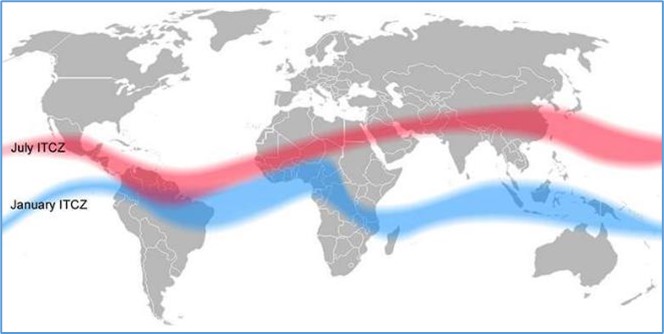PREVIOUS
Conventional Notions of Little Ice Age Climate
October 29 , 2023
392 days
449
0
- A new study of the Little Ice Age (LIA), a global climatic event between CE 1671-1942, has revealed that the age was wet and not uniformly cold and dry.
- It challenges the traditional belief of a uniformly cold and dry climate with reduced monsoon rainfall during this period.
- The Western Ghats experiences both the southwest summer monsoon (SWM) and the northeast winter monsoon (NEM).
- Investigating the vegetation dynamics and corresponding hydro-climate variability in an area influenced by both SWM and NEM is vital for understanding monsoonal fluctuations during the last millennium.
- A study of pollen-based vegetation dynamics and contemporary climate change and monsoonal variability between CE 1219-1942 was reconstructed from the Western Ghats.
- The study highlighted the presence of moist conditions during the Little Ice Age (LIA) in the Western Ghats, likely due to increased NEM influence.
- This moist LIA contradicts the expected dry climate associated with the period.
- The northward movement of the Inter Tropical Convergence Zone (ITCZ), positive temperature anomalies, increased sunspot numbers and high solar activity could be driving the climate change and increased SWM.
- The southward shift of the ITCZ, resulting from increased northward energy flux across the equator, during a cold northern hemisphere.

Leave a Reply
Your Comment is awaiting moderation.


